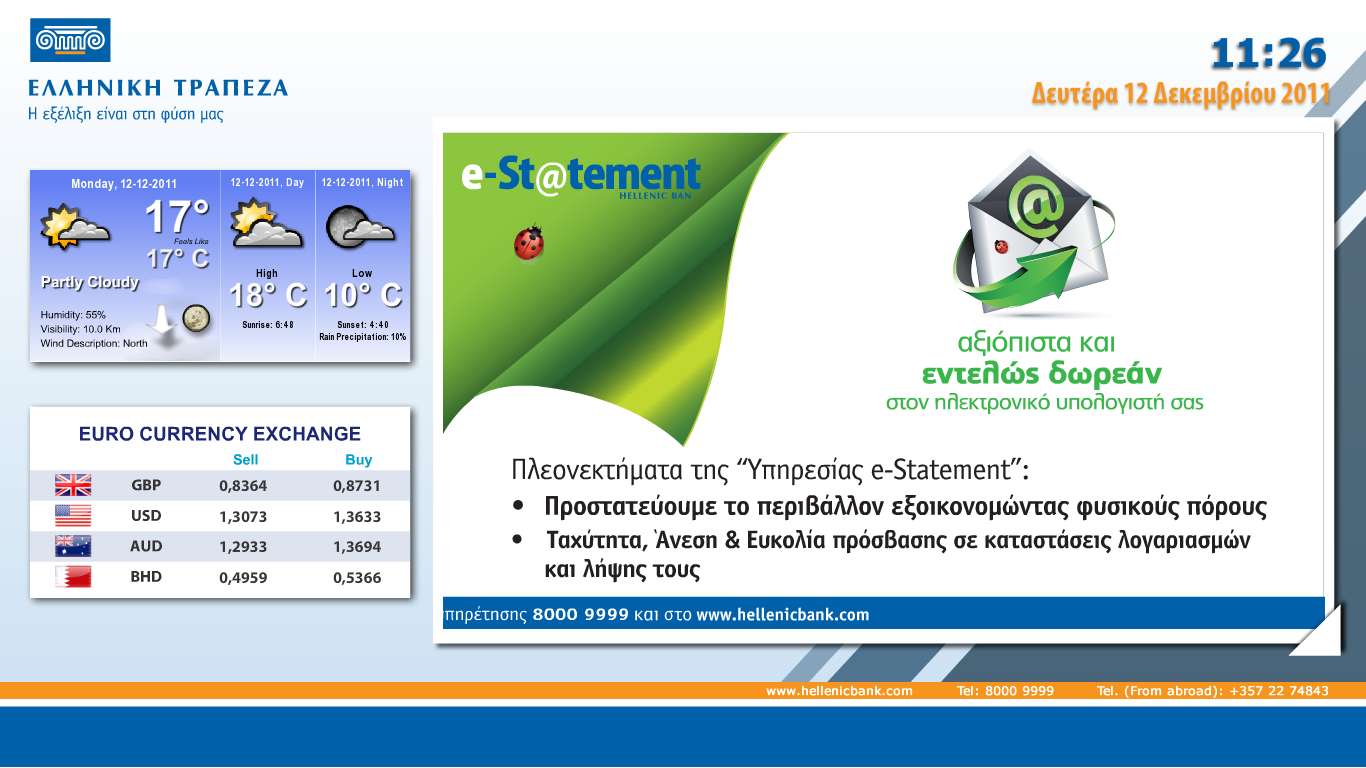Interactive (or interaction) designInteractive (or interaction) design attempts to improve the usability and experience of the object or system, by first researching and understanding certain users' needs and then designing to meet and exceed these needs. Interactive design aims to minimize the learning curve and increase the accuracy and efficiency of task completion, without diminishing the value of a product's useful functionality. The objective is to lead to less frustration, higher productivity, and higher satisfaction for users. A key element in the interactive design process is to build prototypes and test them with the users to make sure the proposed solution is satisfactory. Interactive design applies to web design, e-newsletter or banner design, but we use this term to applications design such us:
Here, briefly, are the major steps in most projects:
|
|
|

